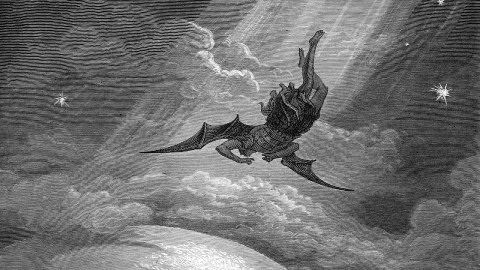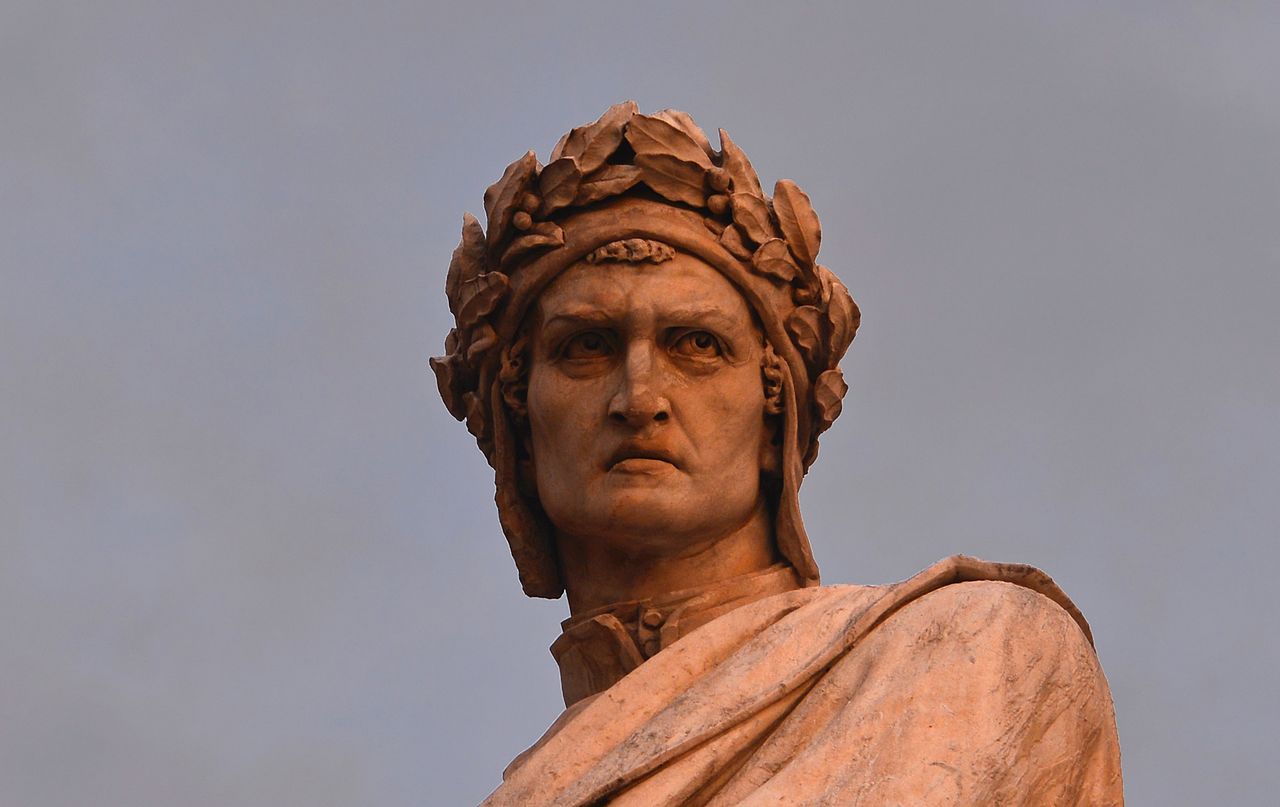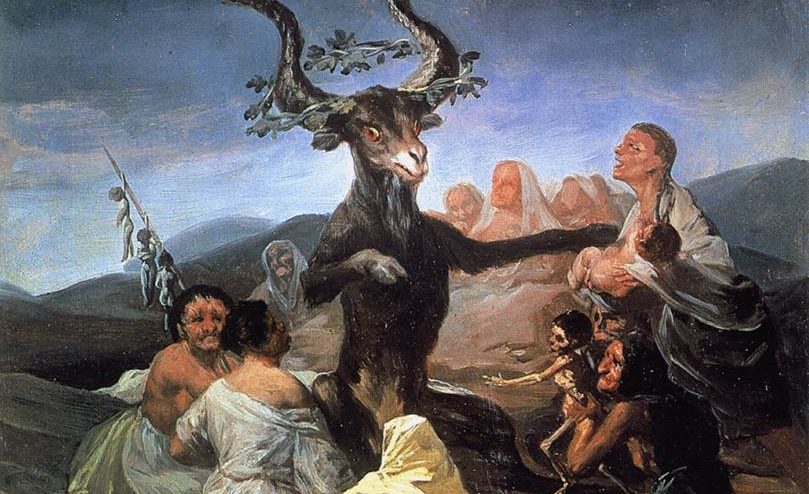A very short biography of the Devil

- The Devil is intertwined with the history of Christianity and Western civilization.
- Satan goes from an “adversary” figure in the Old Testament to a central embodiment of evil in the New Testament.
- Over time and up to today, the Devil represents anything evil in the world. He is a reflection of our own fears.
You cannot tell the history of Western thought without also telling the history of Christianity. The culture, values, and political institutions of Europe were all forged under the watchful eye of the Church. And according to the theologian Philip Almond, “The Christian story cannot be told without the Devil.” Which means, by extension, that you cannot tell the history of Western thought without talking about the Devil.
Whether you call him Lucifer, Satan, Beelzebub, the Prince of Darkness, or the Lord of Flies, the Devil is a central figure in intellectual history. He pops up in classical literature and popular culture and has more than a few songs in his name. But the Devil has a complicated and meandering biography.
The battle of good and evil
If you read the Old Testament looking for some juicy battles between Satan’s demon army and the archangels of the Lord, you are going to be sorely disappointed. The Devil is curiously absent in the Hebrew Bible. Where he does crop up, Satan is more or less under the command of God. For instance, in the Book of Job, Satan is a tempter but under specific instruction from God. In Hebrew, the word Satan is not a proper noun depicting one, horn-headed, embodiment of evil. Rather, the Hebrew word for Satan (שטן) means adversary or opponent. It was a kind of title, like “Satan Brian” or “Satan Lucy.” There are no devil’s advocates in the Old Testament because all advocates were devils.
This all changes in a collection known as the Book of the Watchers. Here, the Jewish tradition rivals John Milton and Hollywood for celestial spectacle. In this account, a group of angels known as “the watchers” rebel against God and go down to earth to fight, feed, and fornicate. The chief watcher, an angel called Asael, teaches humans weapon-making and jewelry (which are, perhaps, not equivalent problems). He then reclines in demonic glee as mankind tears itself to bits.
Eventually, God decides to step in and sends in the big guns: the archangels. First, Sariel warns Noah about a flood that will wipe the slate clean. Then, Raphael fights, beats, and imprisons Asael. Finally, Michael and Gabriel — leaders of the heavenly host — defeat the watchers themselves (and their monstrous giant-children) and force them to live underground forever. It’s the first time in Judeo-Christian thought that we get the idea of demons living in something that sounds a lot like hell.
New Testament, New Satan
In the Gospels, Lucifer is promoted from cameo to main character. For 40 days and nights, Jesus goes on a ritual fast, at the end of which Satan decides to make an appearance. In a mirror image of Adam and Eve’s fall, Jesus resists all the Devil’s temptations, and leaves his desert duel with holy victory in his step. Over the course of the New Testament, the Devil is given more and more responsibility over the evil things of the world. For some theologians, the Devil becomes evil. There establishes a narrative where all was good with the world, but then the Devil brought evil into being and into the hearts of mankind. Everything is a battleground between the forces of good and evil, God and the Devil.
Anyone wishing to understand Christian theology, though, ought to tread carefully. Christianity is not a dualistic religion; it does not divide the world into polar opposites — good and bad, soul and body, heaven and hell. In fact, the early Church Fathers were very keen to avoid exactly this message. This is because, as Christianity was proselytizing and vying for converts, a rival religion, Manicheanism, was all about dualism. As the religious historian, Jeffery Burton Russell put it, “Most all Christian thinkers believed that the Devil is not an independent principle but a fallen angel who used his free will to reject God.” People like Augustine and Irenaeus had the difficult job of presenting a good and evil tale without reducing everything to black and white — which meant Lucifer had to be, at least a bit, in God’s orbit and part of the divine plan.
A man of wealth and taste
The problem, though, is that theological subtlety does not sell well. Book publishers and Hollywood executives have never been that concerned about establishing a meaningful distinction between orthodox Christian dogma and gnostic rivals. And, so, we have battles of flaming swords and screeching monsters. We have beating wings and scaly tails, dazzling halos and caprine horns. We have, in short, dualism.
Satan, throughout history, represents all that is wrong with the world. “The Devil makes work for idle hands”, and it is the “Devil’s own job” when we do something hard. The Devil is evil. It is why Satan is so often depicted in pagan iconography: He is almost always made to look like rival religions’ gods. It is basic propaganda to portray your enemy as the embodiment of evil itself.
Today is no different. When Iran’s Ruhollah Khomeini called America, “The great Satan, the wounded snake,” he was only saying he hated them. In popular culture, Satan represents the vices of our times: violence, lust, and greed. Lucifer is the man with the fast car and an ostentatious mansion.
At its core, Satan’s story is a reflection of humanity’s own struggles with the concepts of good and evil. It’s a projection of our darkest fears and most profound questions. While the image and role of Satan have evolved over time, his presence always will haunt us from the corners of our morality.





